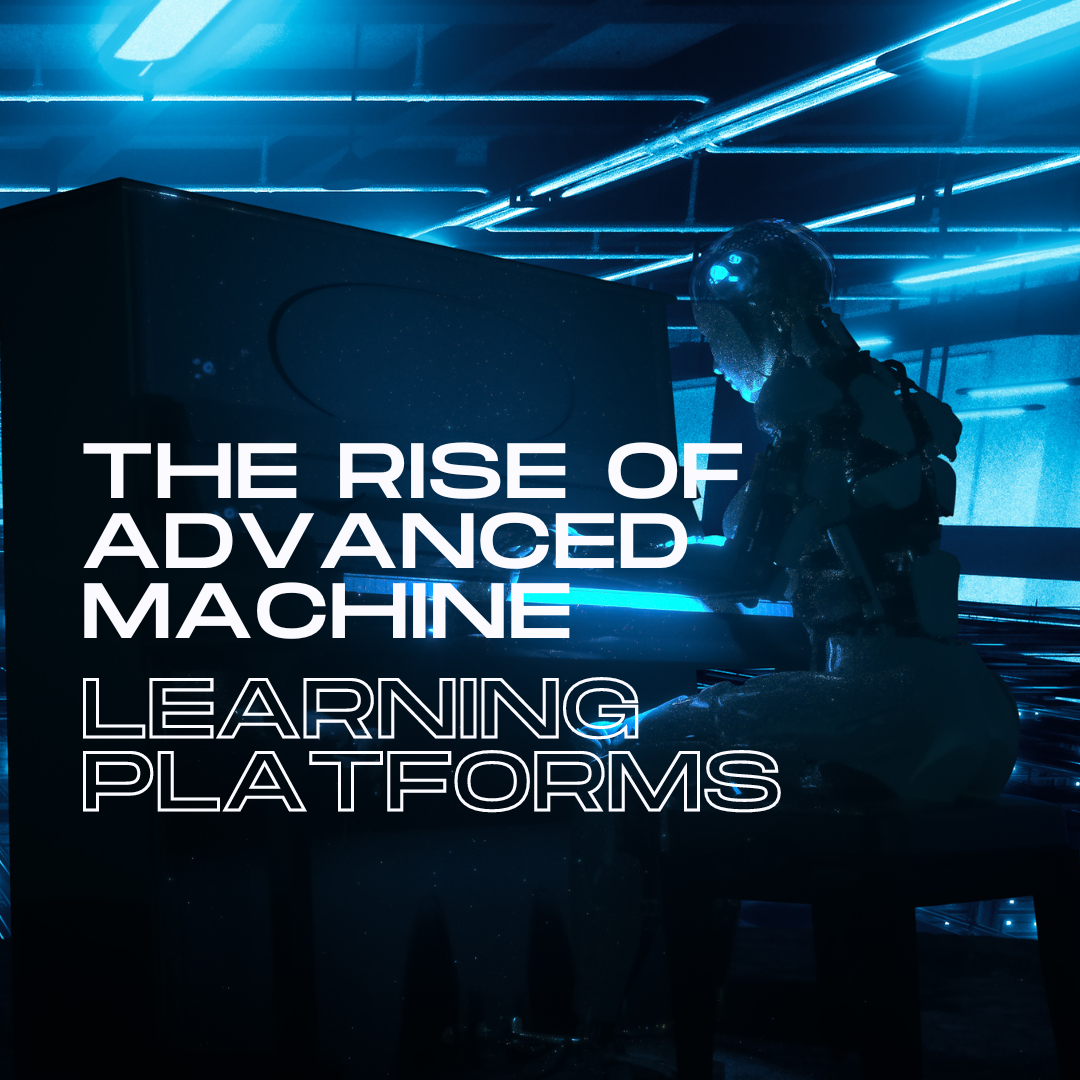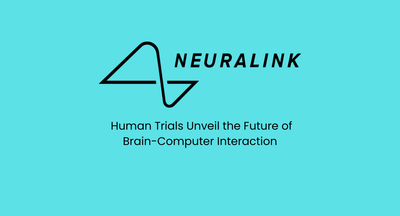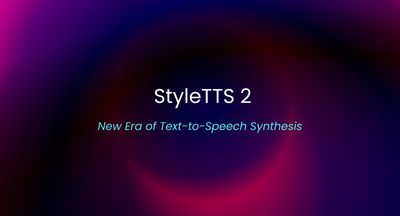The Rise of AutoML

Automated Machine Learning (AutoML) is a new trend that is revolutionizing the way AI models are developed. AutoML uses algorithms to automate some or all of the tasks involved in building machine learning models, making it easier for non-experts to create AI models. In this blog, we will explore the latest trends in AutoML and how it is making AI development more accessible to non-experts. We will also discuss the benefits and challenges of using AutoML, highlight popular AutoML tools, and provide examples of successful AutoML implementations.
- Benefits of Using AutoML: One of the main benefits of using AutoML is that it makes AI development more accessible to non-experts. With AutoML, users can create AI models without having to be experts in machine learning algorithms. Additionally, AutoML can save time and reduce costs, as it automates some or all of the tasks involved in building machine learning models. AutoML can also improve the accuracy of AI models, as it can optimize the model using algorithms to find the best parameters.
- Challenges of Using AutoML: While there are many benefits to using AutoML, there are also some challenges. One challenge is that the user may not have control over the entire process, as AutoML tools automate some or all of the tasks involved in building machine learning models. Additionally, AutoML may not always produce the best possible results, as it relies on algorithms to optimize the model.
- Popular AutoML Tools: There are many AutoML tools available, including Google AutoML, H2O.ai, DataRobot, and Amazon SageMaker. These tools offer different levels of automation, and some may require more expertise than others. Google AutoML is a popular tool that offers a user-friendly interface for creating custom machine-learning models. H2O.ai is a more advanced tool that requires some knowledge of machine learning algorithms but offers more control over the model development process.
- Successful AutoML Implementations: There are many successful AutoML implementations in various industries. For example, Google AutoML has been used to develop a model that can detect diabetic retinopathy, a disease that causes blindness. H2O.ai has been used to develop a model that can predict which customers are most likely to churn for a telecommunications company. And DataRobot has been used to develop a model that can detect fraudulent transactions for a financial services company.
AutoML is a new trend that is revolutionizing the way AI models are developed. While there are challenges to using AutoML, such as the lack of control over the entire process, the benefits of using AutoML, such as making AI development more accessible to non-experts, saving time and reducing costs, and improving accuracy, make it an attractive option for many. As more AutoML tools become available and more successful AutoML implementations are developed, we can expect to see continued growth and innovation in this area in the coming years.
We research, curate and publish daily updates from the field of AI. Paid subscription gives you access to paid articles, a platform to build your own generative AI tools, invitations to closed events and open-source tools.
Consider becoming a paying subscriber to get the latest!
No spam, no sharing to third party. Only you and me.






